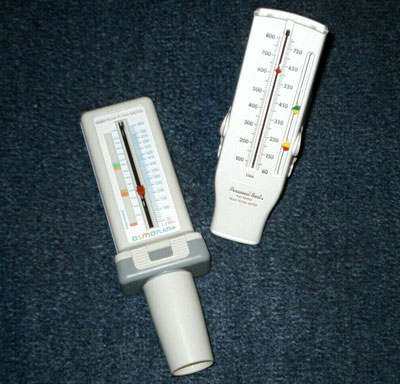Acute care generally focuses on management of breathing (Glass, 2014). Chronic management requires daily use of medications to open the airways and avoid complications. Acute exacerbations need to be treated immediately for airway management. Complications of COPD can become life threatening beyond just shortness of breath and limitations of activities to include pneumonia, heart disease, hypertension, cardiac arrhythmias, and congestive heart failure. Although COPD may be controlled, it may also suddenly worsen due to an additional respiratory problem such as a cold or flu. If additional symptoms of fever, difficulty breathing, chest tightness, or increased coughing develop, patients should see their primary care provider immediately for treatment.
In addition to the complications of ineffective breathing, the body is stimulated to make more red blood cells in an effort to compensate for hypoxia in the tissues. This results in thickened blood, with possible risk for thromboembolism and pulmonary hypertension as the pressure within the lungs increases.
The blood flow from the pulmonary artery backing up into the heart can eventually lead to left-sided heart failure, or blue bloater. If a patient is a smoker, the chronic irritation to the alveoli also stimulates the inflammatory response, which creates vasodilation, release of histamines, and alveolar stiffening. With chronic hypoxia, the patient will also develop chronic hyperventilation as a compensatory mechanism.
- Respiratory complications include acute respiratory distress syndrome (ARDS), spontaneous pneumothorax, lung cancer, contagious lung infections such as pneumonia, acute bronchitis, and upper respiratory viral colds and flu.
- Cardiac complications. Because COPD is caused by a lack of oxygenation to the tissues of the body, the resultant hypoxia can create hypertension, coronary artery disease, and congestive heart failure.
Prevention Strategies
Although COPD does not cause influenza or pneumonia, people with COPD are at greater risk because their airways are already reduced.
Influenza and Pneumonia Vaccination
Patients who have COPD should urgently get a seasonal flu shot every year. Those over age 65 should also get a pneumonia vaccine.
Prophylactic Antibiotic Prescription
Currently the GOLD Standard of care encourages an annual review of comorbidities and prescription for general antibiotics in the event of an upper respiratory infection. This standard encourages a healthcare provider to see the patient at least once annually and write out a prescription in case the patient begins to feel shortness of breath from an upper respiratory infection and cannot be seen by the provider immediately.
Peak-Flow Meter Use
Peak-Flow Meters

Source: Wikimedia Commons.
The use of a personal peak-flow meter allows individuals to assess their own current lung status, which can be helpful in preventing an acute exacerbation of air restriction, such as an asthma attack. The peak-flow meter uses the traffic signal colors of green for good control, yellow for caution, and red for stop and see your healthcare provider and use your rescue inhaler. The yellow zone indicates there is a progressive difficulty in breathing, which may be from weather conditions, such as an increase in smog or wind, which may put the patient at risk for airway closure. By teaching patients to use their home peak-flow meter, they can assess their own respiratory function and make necessary precautions and adjustments.
Test Your Knowledge
Which tool is used for home use to determine general air flow?
- Incentive spirometry
- Peak flow meter
- Spirometry
- Nebulizer
What does pulmonary rehabilitation include?
- Vigorous exercise
- Caution against antibiotics
- Ten step program
- Breathing coaching
Answers: B, D
